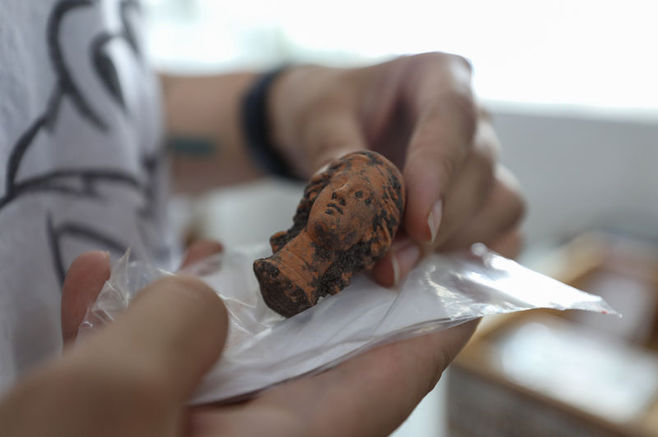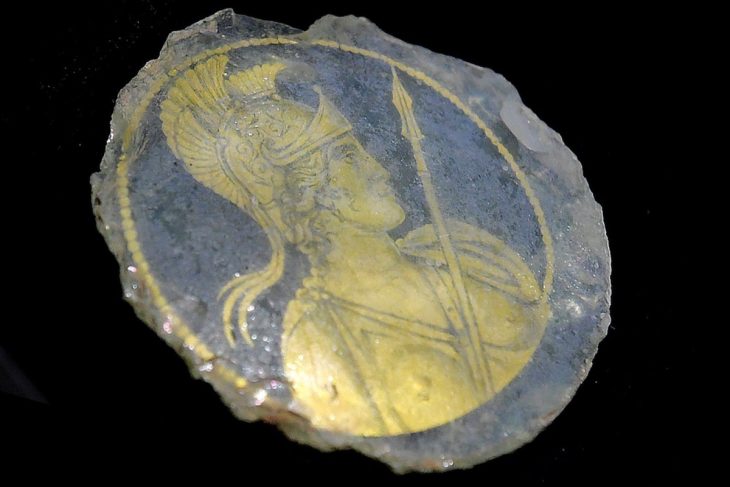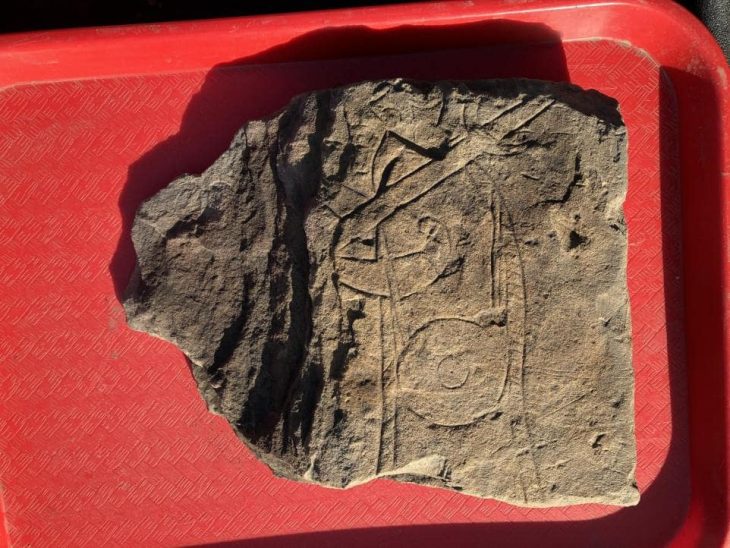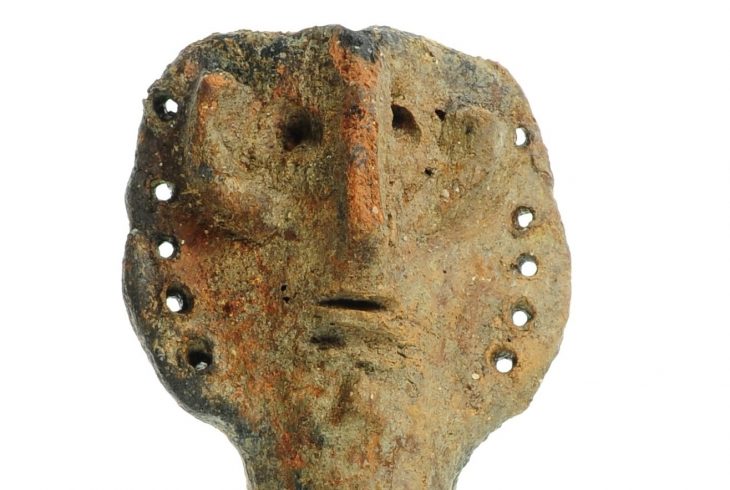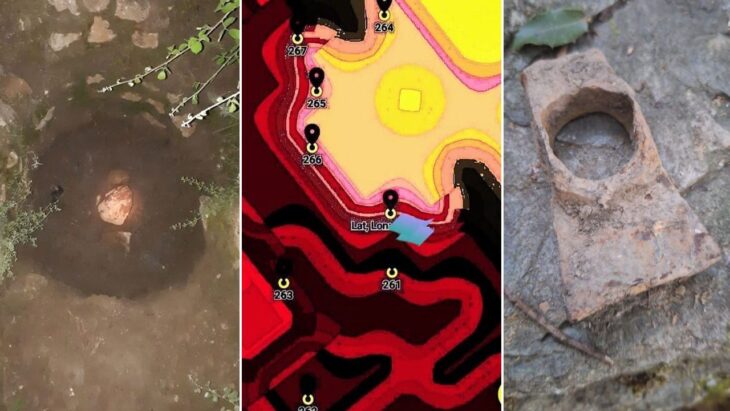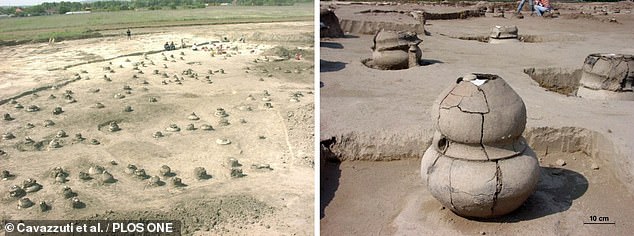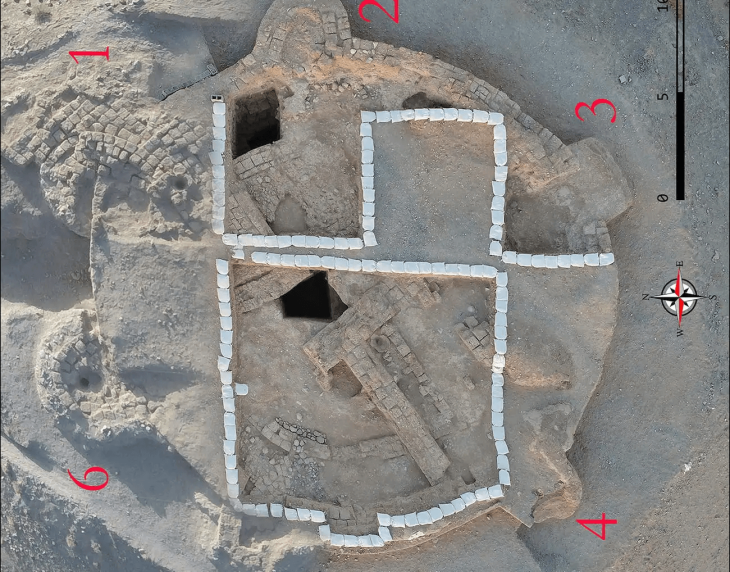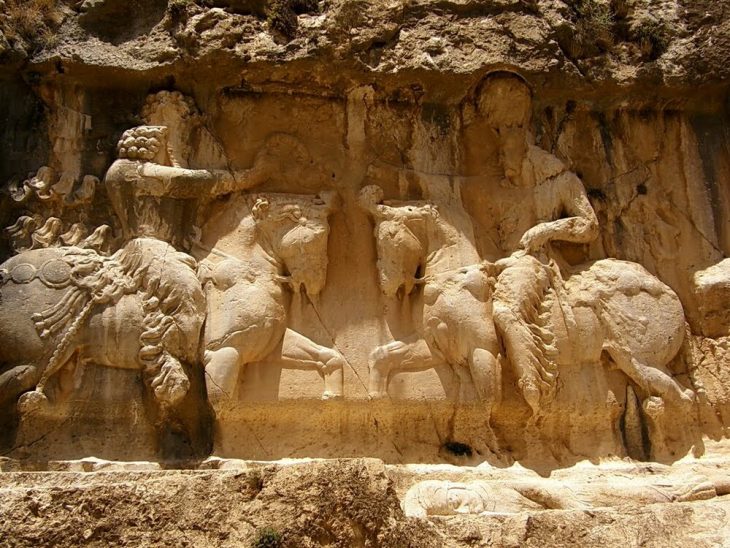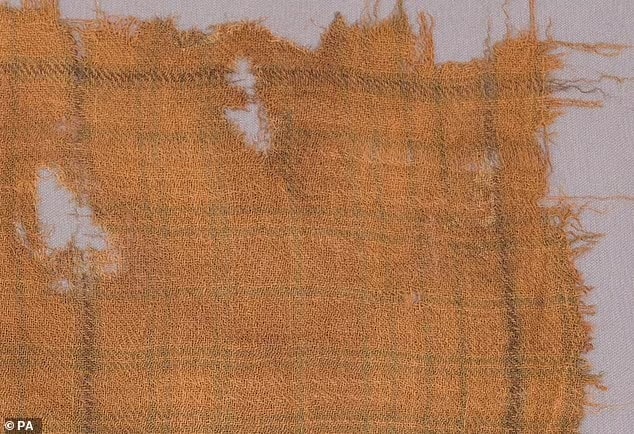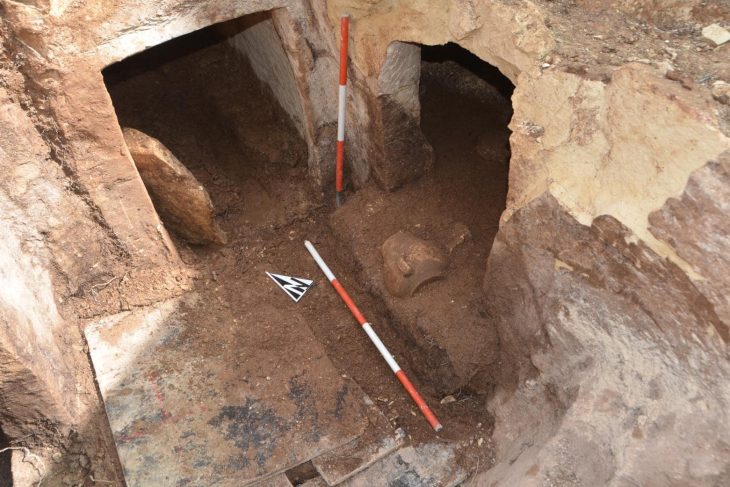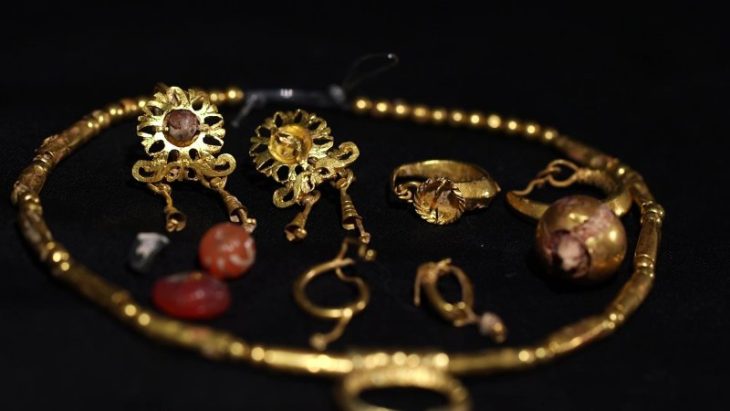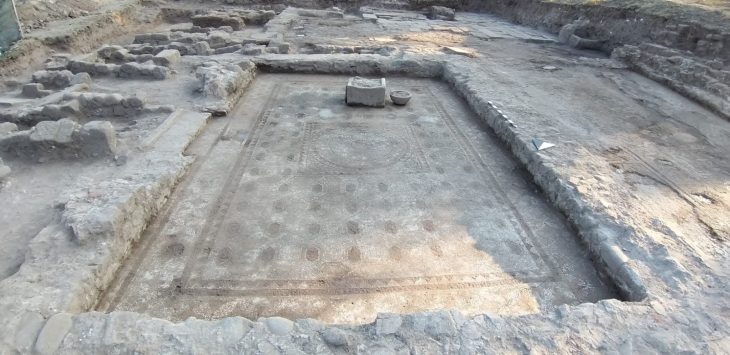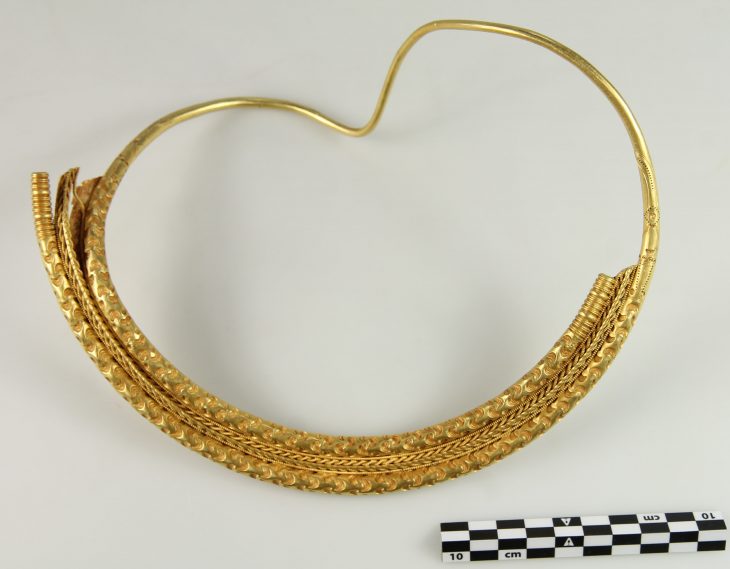The figurines of Cybele, the goddess of the fertility of Anatolia, and the presence of sanctuaries unearthed in the Ancient City of Pergamon, where many sacred architectural structures dedicated to Greek gods are seen, are astonishing.
The worship of the Anatolian fertility goddess Cybele and the determination of sacred areas for her in Bergama, where architectural structures such as the Sanctuary of Hera and Demeter, the Temple of Athena, the Temple of Zeus-Asclepios, and the Temple of Dionysus are located, reveal an interesting situation.
The belief system of the people versus the official belief system
During the extensive excavations carried out by the Ministry of Culture and Tourism and the German Archaeological Institute in the Ancient City of Pergamon, 5 religious sites were found inside the city walls and 3 outside the city walls, which were used by the Pergamonians 2,200 years ago this year. The most important feature of these areas was that they were attributed to the Anatolian fertility goddess Cybele.
Pergamon is a place that draws attention with its sanctuaries dedicated to Greek gods and goddesses. However, these uncovered areas and the goddess Cybele figurines show that the people still maintain their religious own belief system against official belief.
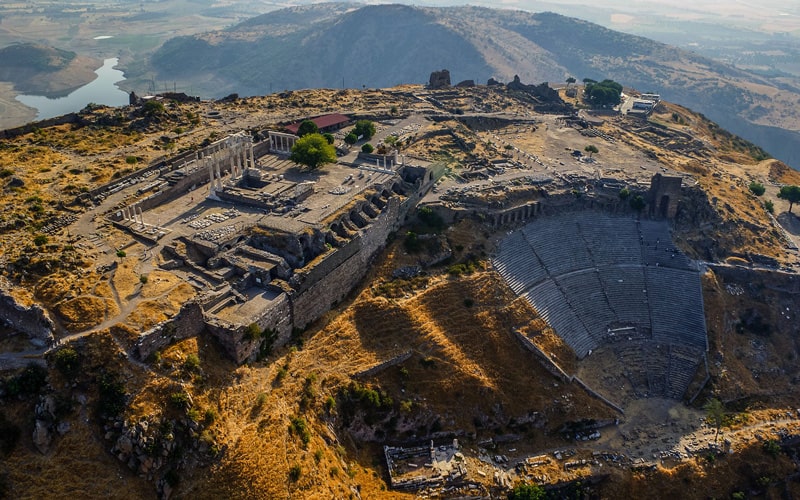
Director of the German Archaeological Institute Prof. Felix Pirson gave the following information to the AA correspondent:
“We have been working on sanctuaries in the region for several years. We have identified sacred areas within the city area. This was also a surprise. Because we usually found the Cybele figurine outside the city and in the surrounding areas. After we found the figurines, we deepened the excavations in those areas. The newly found figurines give us a lot of information about the religious belief of the period. At that time, gods such as Zeus and Athena were official cults, but the figurines unearthed in natural sanctuaries tell us the belief of the people. There was a wide spectrum of religions in Bergama 2,200 years ago and people believed in different gods. Cybele statuettes in tombs, natural areas, and sanctuaries found in the city center reveal that the people generally preferred the Anatolian fertility goddess.“
Celal Bayar University Archeology Department Associate Professor Güler Ateş stated that they had encountered the statuettes of the goddess Cybele in Bergama before, but their numbers have increased recently.
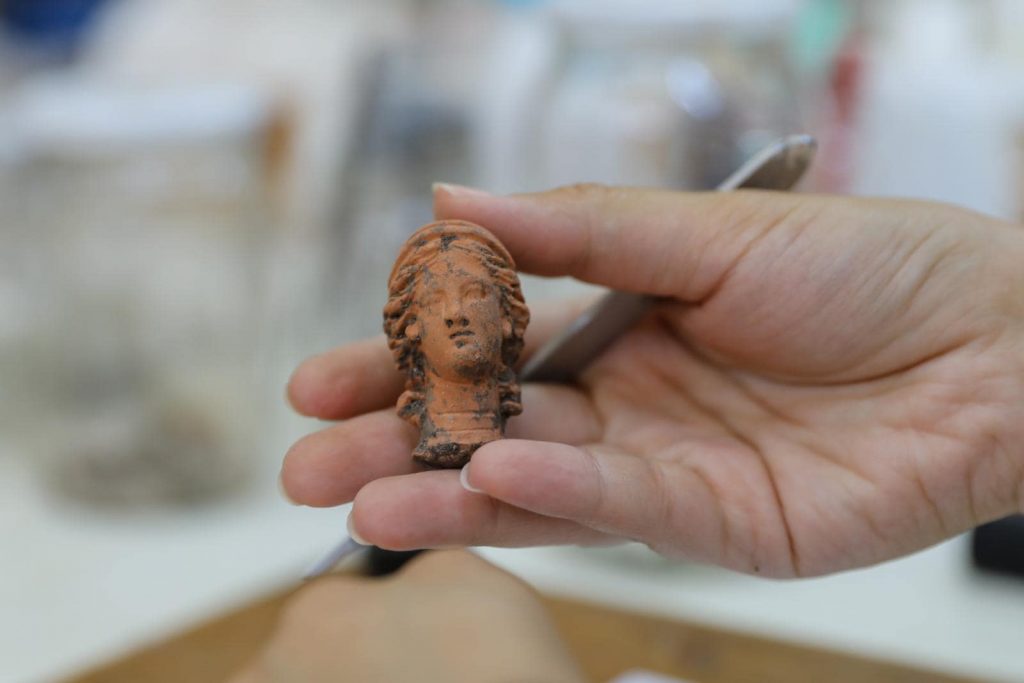
Stating that the new figurines found in large numbers once again prove the importance of Cybele for the public, Ateş said, “We have identified Cybele figurines in and around a city that claims to be a Hellenic city, on its mountains, on its hills, in water sources, in caves, and in many sacred areas. The most important belief for ordinary people was the belief in Cybele,” she said.
Stating that people went to the caves and worshiped when there were majestic altars, Ateş said:
“Cybele figurines appeared in sacred places, untouched natural areas, rocks, springs, and caves. These are small votive items made in workshops that can be purchased by the public. There are expensive ones and there are cheap ones. Those who bought these votive items went to natural areas with utensils during religious holidays. Sacrifices were slaughtered and prayers were held. After praying and making a vow for a few days, he would break the utensils, leave the Cybele figurines, and would go back to where he lived.”
Ateş said that especially women from Pergamon made offerings to Cybele in order to have children.
Underlining that their articles on the Cybele find in the region were met with interest in the international archeology world, Ateş said, “Even though official beliefs have changed, the cult of mother goddess, fertility and mother earth has continued to live in people’s hearts. The existence of women and their symbolization of nature was very strong in Anatolia.” she said.

